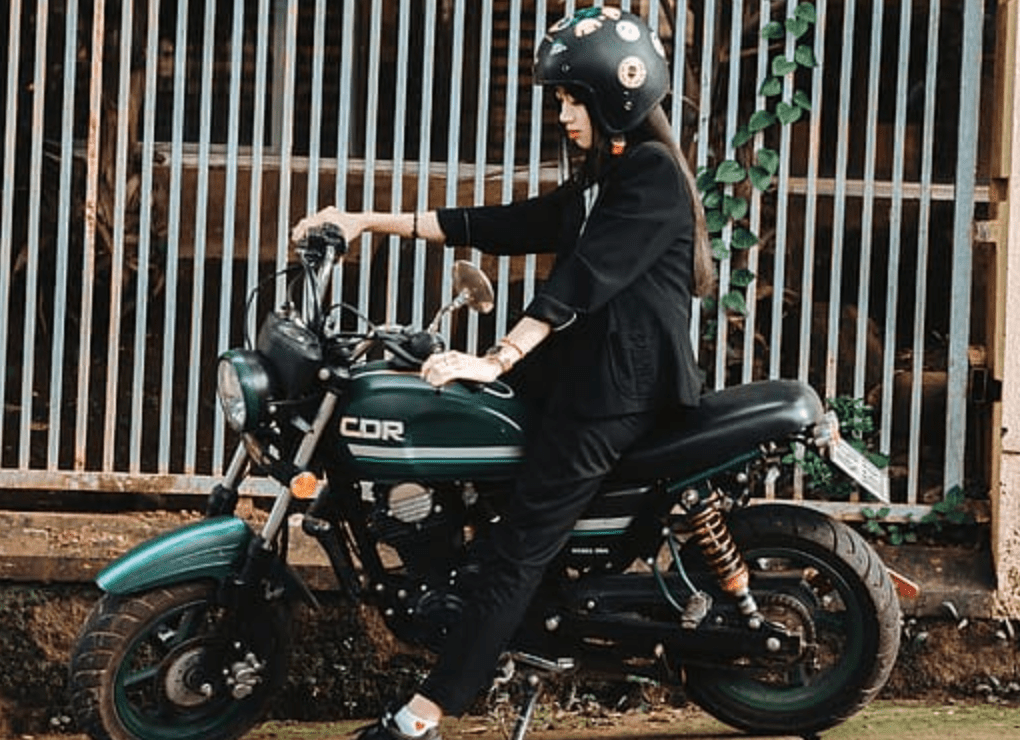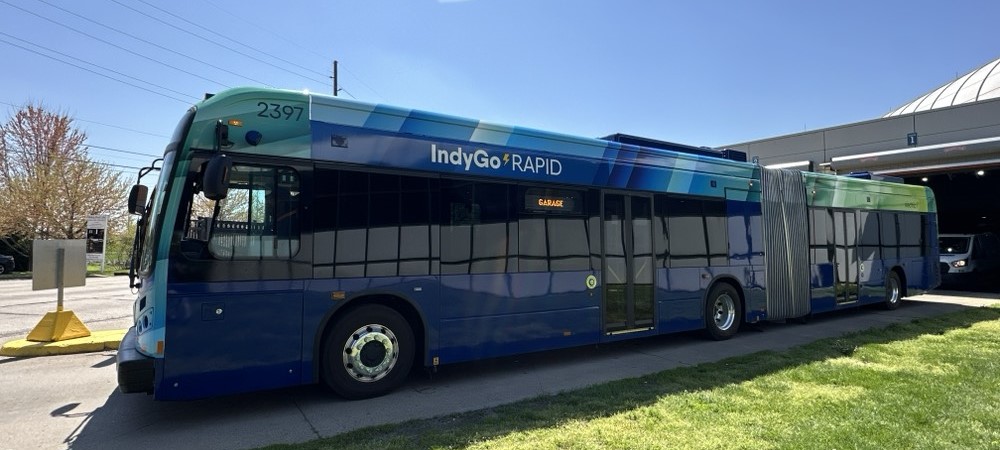The U.S. Conference of Mayors released a report this week with some dire conclusions for the nation's cities: Even the payroll growth that many prognosticators anticipate this year won't make a dent in double-digit urban unemployment. Half of the 363 biggest metro areas won't return to their pre-recession jobs levels until 2013 or beyond.
 (Chart: US Conf. of Mayors)
(Chart: US Conf. of Mayors)All this despite the fact that those 363 cities accounted for 90 percent of the U.S. gross domestic product (GDP) last year and 86 percent of all jobs.
Looking at the chart at right, the weight of urban contributions is even clearer: the most economically vibrant U.S. city, New York, had a higher productivity rate in 2008 than all but 10 foreign nations.
Going further down this list (to rankings not pictured at right), the transportation contrasts become clearer.
The United Arab Emirates, where Dubai just opened a $7 billion subway line, has a lower GDP than Miami, where transit cuts are a fact of life. Singapore, which boasts a vast rail network, has a lower GDP than Detroit, the only major U.S. city without rapid transit.
Still, as diverting as it may be to compare American cities to their international counterparts, the domestic struggle for better urban transportation planning has less to do with overseas competition and more to do with entrenched bureaucracy.
Transportation Secretary Ray LaHood told the mayors' group today that he understands the complaints from metro areas that federal stimulus money was siphoned off by state-level politicking and failed to reach cities in sufficient proportions.
"Congress wanted the money out the door within 120 days," LaHood said. "The only way you can do that is through these relationships we have with the [state DOTs]."
To better meet urban needs in a jobs bill that "will be structured pretty much the same way the current one is," LaHood added, he is pressing for a larger infusion for TIGER (Transportation Investment Generating Economic Recovery), the stimulus' merit-based grant program where metro areas can apply directly for federal transport aid.
"It's the one way that cities can have direct access to the money without going through anyone else," he explained to the mayors.
Still, the heartening prospects of extra TIGER money may not salve the transportation funding gaps developing in many large cities. The mayors' group reported that of the 85 biggest metro areas, 35 are dealing with double-digit unemployment and getting proportionately less transportation aid from the state DOT than they contribute to the state economically.
Among those cities getting super-shortchanged: Los Angeles, Atlanta, Detroit, Miami, Chicago -- and Portland.





